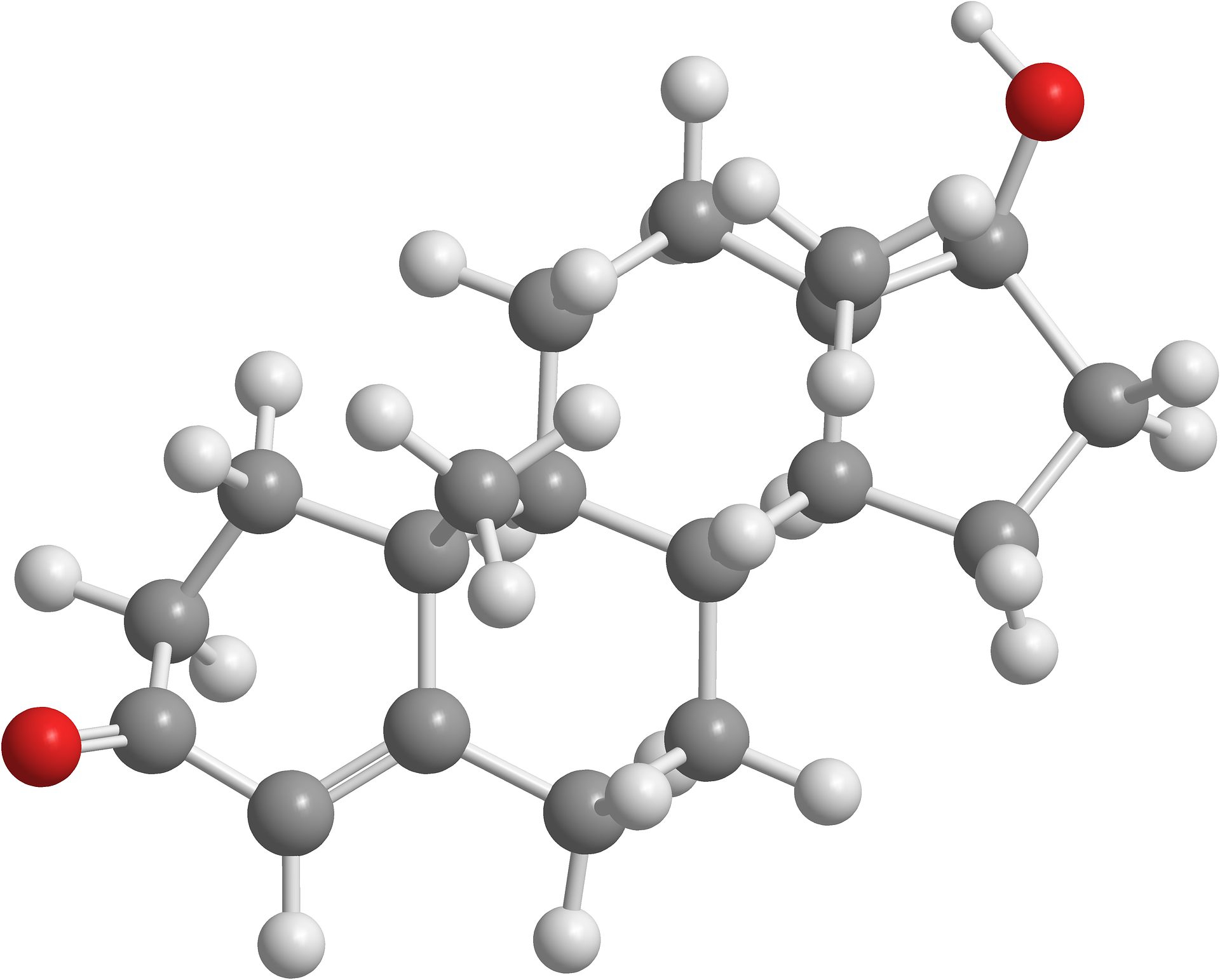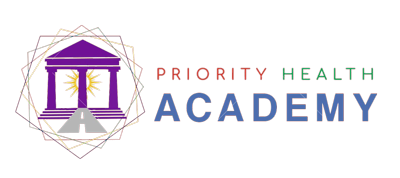
20 Jun Oxytocin: Most ignored and misunderstood hormone with huge potential for human health
Oxytocin: Most ignored and misunderstood hormone with huge potential for human health
P Saleeby, MD
One of the most ignored and least understood hormones offered up by Anti-Aging Physicians and Functional Medicine doctors dealing with hormone balance is oxytocin. oxytocin is a hormone mainly produced in the hypothalamus of our brain and released into our bloodstream. It was initially thought that the pituitary gland at the base of our brain housed this hormone until it is needed by our bodies. When this hormone was discovered about 100 years ago researchers believed it was only produced, stored and secreted by the pituitary gland.
It was Sir Henry H. Dale, after extracting a compound from the human posterior pituitary gland and found it to contract the uterus of a pregnant cat, in 1909 who is credited with the discovery of oxytocin. It is found unchanged in every mammalian species, so it must be a rather important peptide across species. The name is derived from the Greek words “quick” and “birth”. It was about the year 1911 that doctors began using pituitary extracts to stimulate childbirth contractions. Dr. Vincent du Vigneaud was able to identify the structure as a nine-amino acid peptide in 1953 and synthetically synthesized it as the first peptide hormone ever created in a lab. This work would win du Vigneaud the 1955 Nobel Prize in Chemistry.
Target cells and receptors for oxytocin were at first believed to be limited to a few places and related exclusively to functions around pregnancy, parturition, and lactation. The number one function that comes to mind when we think of oxytocin is its ability to facilitate childbirth and also to allow a new mother to produce milk (lactation). It has been referred to by many as the ‘’love drug” or “love hormone” as endogenous levels of this hormone rise rapidly and in large quantities just after sexual encounters and orgasms. We now know and can appreciate that oxytocin is produced and released at a far greater number of sites in our body than first believed. It appears to regulate a broad range of processes other than those of reproduction. A major role for this hormone appears to be the tempering of inflammatory pathways especially that of macrophages in our immune system.
While oxytocin stimulates uterine muscle contractions to help bring in a baby to the world. It also boosts endogenous prostaglandins that increase uterine contractions, and this also helps stop any abnormal uterine bleeding after delivery. When oxytocin binds to receptors in breast tissue if helps move milk from the ducts to the nipple for feeding and affects receptors in the brain that cause a bonding between mom and newborn. This hormone is also referred to as the ‘’bonding hormone” for that reason. When we are courting or falling in love oxytocin production goes up. After sex it goes way up and other nicknames for oxytocin are ‘’love hormone’’ and ‘’cuddle hormone’’.
Proper and health lifestyles, exercise and good nutrition can all increase lower levels of oxytocin to higher levels. High intensity martial arts or listening and playing music both seem to increase natural oxytocin levels. When people sing in a group it can go up too. It appears that the simple act of touching, kissing and hugging can cause a release of oxytocin and a better sense of well-being. Low levels of this hormone have been linked to depression, post-partum depression, anxiety disorders and feelings of loneliness and being along. Without this hormone we can drift apart of normal socialization and bonding with other humans and living things. After the ‘’social distancing’’ from the pandemic lockdowns and the psychological impact it has had, oxytocin may be an intervention that can come to the rescue along with counseling.
Many mainstream doctors may recognize oxytocin as the brand name Pitocin® (or Syntocinon®) used to induce labor in obstetric patients late in delivering, also to help arrest vaginal bleeding during delivery. This agent is also used to help bring on milk in the nursing mother. There is a difference between oxytocin and Pitocin® and that is simply that oxytocin is a naturally occurring hormone in our bodies while Pitocin® is a synthetic drug that was designed to mimic the action of the natural hormone when used during labor.
Oxytocin can be compounded by a pharmacy and delivered by a nasal spray (optimal) and an under the tongue (SL) liquid as well. It is very heat and light sensitive so should be stored in a dark bottle in the refrigerator. Nasal sprays are very popular because it delivers a solid physiological dose very close to the brain. Entering the nose, the hormone can get close to the cribriform plate at the base of the brain and cross the blood brain barrier (BBB) to exact its effects on our nervous system. Several benefits of Oxytocin NS are listed in the slide below.
For sexual health there is a lot Oxytocin NS can do. It has been shown to help with Libido (sex drive) and orgasm. Some drugs destroy orgasms (such as anti-depressant SSRIs) and Oxytocin can restore it. Also, it has been helpful in male erectile dysfunction and female vaginal dryness.
As mentioned earlier it can help with bonding between humans. Bonding between a husband and wife, a child and its mother and other humans in a household. There are protocols for the use of oxytocin and magnesium in a nose spray for the prevention or treatment of migraine headaches.
When it comes to mental health disorders such as autism (spectrum disorders) or anxiety and depression it has been shown useful. Conditions such as PTSD in those who have experienced emotional trauma it has shown promise. Those with schizophrenia have had their condition ameliorated. It appears that anyone with neurological inflammation (inflammation of the brain matter and glial cell activation can benefit from oxytocin. There is an aspect of it that act as an anti-inflammatory). The anti-inflammatory effects of oxytocin have been demonstrated in research reports in animal and human studies in multiple organs such as the cardiovascular system, the gastrointestinal system, endocrine, genitourinary and the central nervous system. It has even been demonstrated to help in life threatening conditions with runaway inflammation such as sepsis, systemic inflammatory bowel disease, atherosclerosis, pyelonephritis, and cerebral ischemia. The mechanisms involve decreasing inflammation of immune cells (macrophages) and lowering production of cytokines such as tumor necrosis factor-alpha (TNFa), Interleukin-6 (IL-6) and interleukin-1beta (IL-1B). It also has an effect at increasing NO (nitric oxide), suppressing toll-like receptor 4 (TLR4) expression and reducing myeloperoxidase (MPO) activity. It has its place alongside Low Dose Naltrexone (LDN) in many capacities such as treatments for chronic Lyme disease (CLD/MSIDS) and chronic post infection inflammatory illnesses (CIRS) due to COVID-19 for example and even post-COVID vaccine injuries, especially to the brain.
Oxytocin even has a beneficial effect on bone health, with osteoporosis being such as major health issue oxytocin increases bone mass by affecting oxytocin receptors (OTR) allowing for increased levels of calcium in osteoblasts. The brain and neurological system are where it may have the biggest impact and more studies have show strikingly good results in neuroprotection. Success has been seen in mood disorders and dysregulation. This intervention should be considered for those with ‘’COVID brain’’ and neurological, cardiac, and pulmonary disease related to the SARS-coV-2 virus and the mRNA vaccines.
We should not think of oxytocin as the panacea for everything that ails us, but rather a prominent player among other hormones and peptides in keeping our body and systems in a balance of wellness. Inflammation is now being targeted as the focal point in cardiovascular disease, cancer, sepsis, and autoimmune disease. Oxytocin plays a role with other hormones and healing peptides that include vasopressin, ghrelin, hCG and GLP-1.
It appears to play a part on addiction (both narcotic and food addictions). Oxytocin has been shown to be helpful in metabolic conditions such as diabetes and obesity. Additionally, it has helped heal gut issues. Leaky gut and gastroparesis (a hyper vomiting condition) are two examples. Obviously there needs to be more well-funded research to realize and discover more benefits and mechanisms of action for this very safe natural hormonal (bio-identical hormone) therapy.
References:
- Mehdi Syed Faizan, Pusapati Suma, Khenhrani Raja Ram, Farooqi Muhammad Saad, Sarwar Sobia, Alnasarat Ahmad, Mathur Nimisha, Metz Christine Noel, LeRoith Derek, Tracey Kevin J., Yang Huan, Brownstein Michael J., Roth Jesse, Oxytocin and Related Peptide Hormones: Candidate Anti-Inflammatory Therapy in Early Stages of Sepsis, Frontiers in Immunology Vol. 13 (2022); https://www.frontiersin.org/article/10.3389/fimmu.2022.864007; 10.3389/fimmu.2022.864007
- Imami AS, O’Donovan SM, Creeden JF, Wu X, Eby H, McCullumsmith CB, Uvnäs-Moberg K, McCullumsmith RE, Andari E. Oxytocin’s anti-inflammatory and proimmune functions in COVID-19: a transcriptomic signature-based approach. Physiol Genomics. 2020 Sep 1;52(9):401-407. doi: 10.1152/physiolgenomics.00095.2020. Epub 2020 Aug 18. PMID: 32809918; PMCID: PMC7877479. https://pubmed.ncbi.nlm.nih.gov/32809918/
- C. Sue Carter, William M. Kenkel, Evan L. MacLean, Steven R. Wilson, Allison M. Perkeybile, Jason R. Yee, Craig F. Ferris, Hossein P. Nazarloo, Stephen W. Porges, John M. Davis, Jessica J. Connelly and Marcy A. Kingsbury
- Pharmacological Reviews October 1, 2020, 72 (4) 829-861; DOI: https://doi.org/10.1124/pr.120.019398 https://pharmrev.aspetjournals.org/content/72/4/829
- Kerstin Uvnäs Moberg, Linda Handlin, Kathleen Kendall-Tackett, Maria Petersson, Oxytocin is a principal hormone that exerts part of its effects by active fragments, Medical Hypotheses, Volume 133, 2019, 109394, ISSN 0306-9877, https://doi.org/10.1016/j.mehy.2019.109394; https://www.sciencedirect.com/science/article/pii/S0306987719306784
- Szeto, A., Cecati, M., Ahmed, R. et al. Oxytocin reduces adipose tissue inflammation in obese mice. Lipids Health Dis 19, 188 (2020). https://doi.org/10.1186/s12944-020-01364-
- Deing V, Roggenkamp D, Kühnl J, Gruschka A, Stäb F, Wenck H, Bürkle A, Neufang G. Oxytocin modulates proliferation and stress responses of human skin cells: implications for atopic dermatitis. Exp Dermatol. 2013 Jun;22(6):399-405. doi: 10.1111/exd.12155. PMID: 23711064.
- Wang SC, Wang YF. Cardiovascular protective properties of oxytocin against COVID-19. Life Sci. 2021 Apr 1;270:119130. doi: 10.1016/j.lfs.2021.119130. Epub 2021 Jan 26. PMID: 33513400; PMCID: PMC7837104.
- Jankowski M, Bissonauth V, Gao L, Gangal M, Wang D, Danalache B, Wang Y, Stoyanova E, Cloutier G, Blaise G, Gutkowska J. Anti-inflammatory effect of oxytocin in rat myocardial infarction. Basic Res Cardiol. 2010 Mar;105(2):205-18. doi: 10.1007/s00395-009-0076-5. Epub 2009 Dec 12. PMID: 20012748.
- Norman GJ, Cacioppo JT, Morris JS, Karelina K, Malarkey WB, Devries AC, Berntson GG. Selective influences of oxytocin on the evaluative processing of social stimuli. J Psychopharmacol. 2011 Oct;25(10):1313-9. doi: 10.1177/0269881110367452. Epub 2010 May 24. PMID: 20498133; PMCID: PMC3924589.
- Gryksa K, Neumann ID. Consequences of pandemic-associated social restrictions: Role of social support and the oxytocin system. Psychoneuroendocrinology. 2022 Jan;135:105601. doi: 10.1016/j.psyneuen.2021.105601. Epub 2021 Nov 20. PMID: 34837776; PMCID: PMC8605825.
- https://www.health.harvard.edu/mind-and-mood/oxytocin-the-love-hormone
- https://www.thebump.com/a/difference-between-pitocin-and-oxytocin
- Dr. Peter Koshland, PharmD lecture on Oxytocin (2022)
- https://en.wikipedia.org/wiki/Oxytocin
- https://gizmodo.com/10-reasons-why-oxytocin-is-the-most-amazing-molecule-in-5925206
- https://www.psychologytoday.com/us/blog/neuroscience-in-everyday-life/202202/the-possible-role-oxytocin-in-long-covid
- https://cen.acs.org/articles/83/i25/Oxytocin.html
© 2022




Sorry, the comment form is closed at this time.